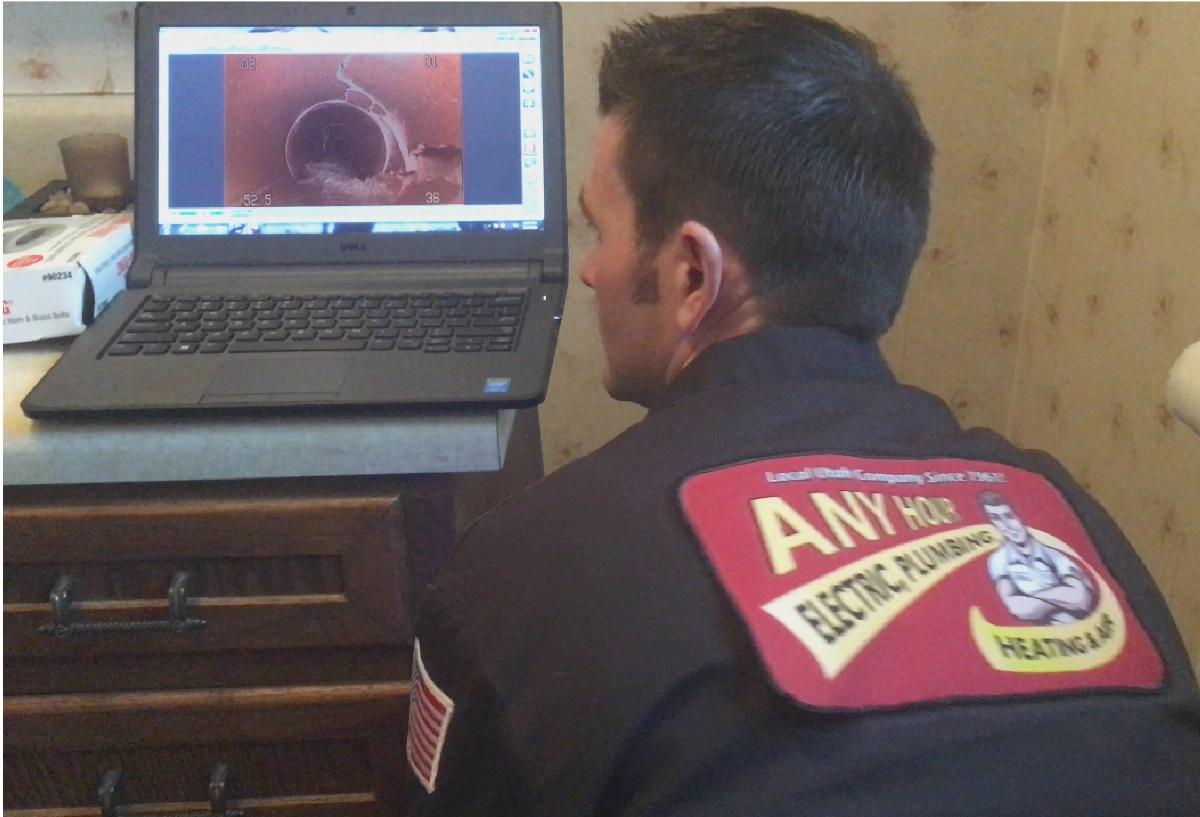Drains can be tricky things. They'll work fine for months or even years and then have trouble draining or get clogged out of the blue. When that happens, it might be time to call in a professional to take a closer look. A common diagnostic tool used by plumbing technicians is a drain camera. In this blog post, we'll explain what the drain technician is looking for when they send a camera down your drain. That way you can have an informed conversation with them about what they find and what to do about the problem.
Assessing the Pipe Condition: One of the main things the technician will check is the condition of the pipes. They'll be looking for cracks, corrosion, and any other damage that may have occurred over time. They'll also look for signs of poor installation, such as bellies or off-set joints in the pipe. That way they can work with you to figure out the best course of action for fixing the problem.
Identifying Blockages: Another important part of a camera inspection is finding the source of the blockage. It could be a buildup of grease and grime, a foreign object, or tree roots growing into the pipes. In any case, the technician needs to know what's causing the problem to resolve it. With the help of the drain camera, they'll be able to see exactly what's going on inside.

Locating the Problem Area: If the tech doesn't know where the problem is, they can't fix it. For example, if the blockage is close to a joint, the technician may need to cut into the pipes to remove the blockage. If the clog is a simple one, a drain snake may be enough to clear it.
Determining the Extent of the Problem: Finally, the technician is also looking to determine the extent of the problem. This means they'll be trying to figure out how far the blockage or damage goes. They also need to check for other affected areas of the pipes. That helps the technician determine the scope of the repair.
